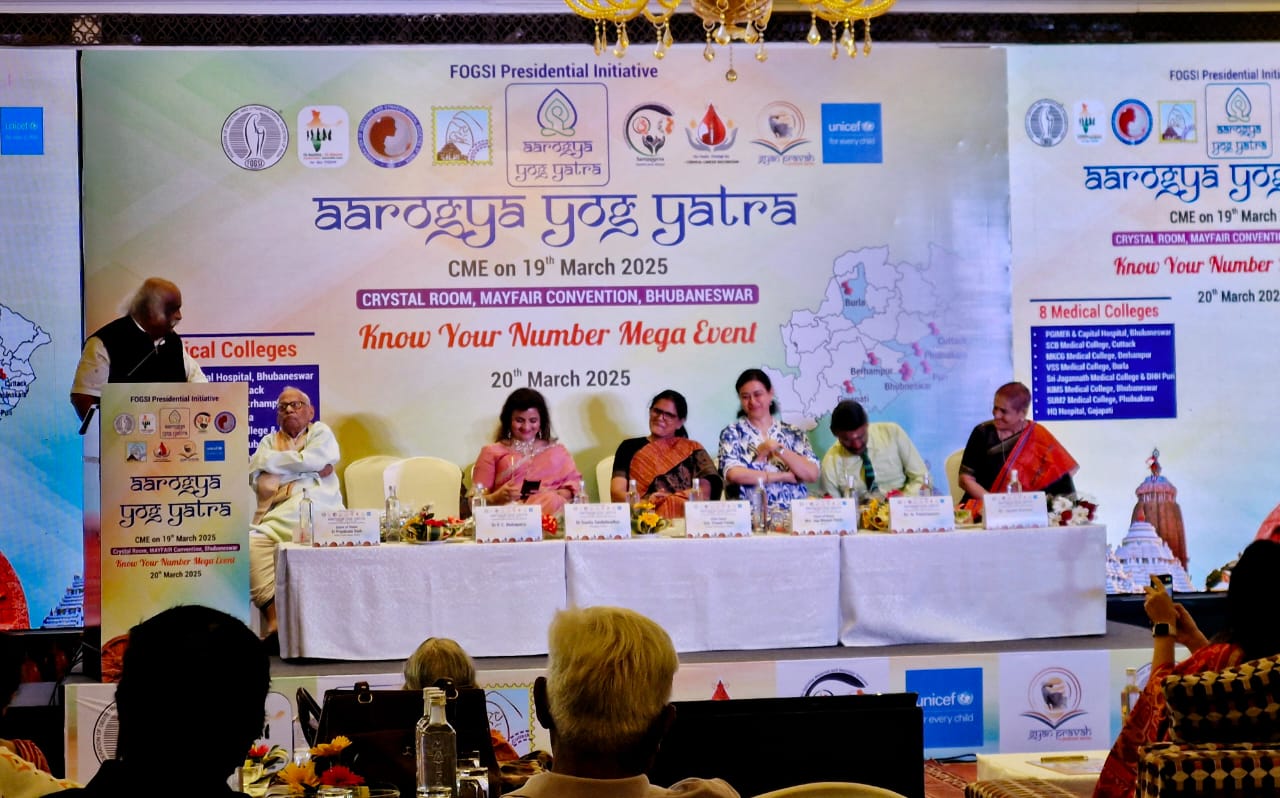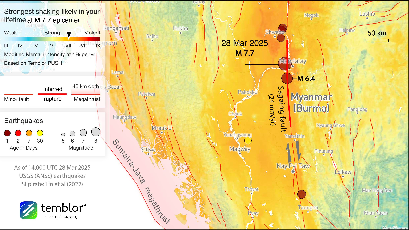
Odisha Rasagola vs Banglar Rasgulla: "When You Claim Ownership of a Food, You're Claiming a Piece of History", food historians, netizens chip in

"Just walk out, the anger will stay for 5 mins": MS Dhoni on how he handles heated moments on and off the field

75% men are more loyal to their barbers than partners: New study reveals startling stats; read here for more
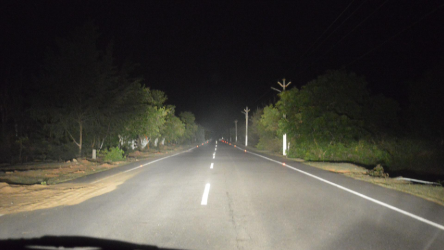
"My Camera Captured What My Eyes Couldn't See": Photographer's Paranormal Experience on Puri-Konark Road
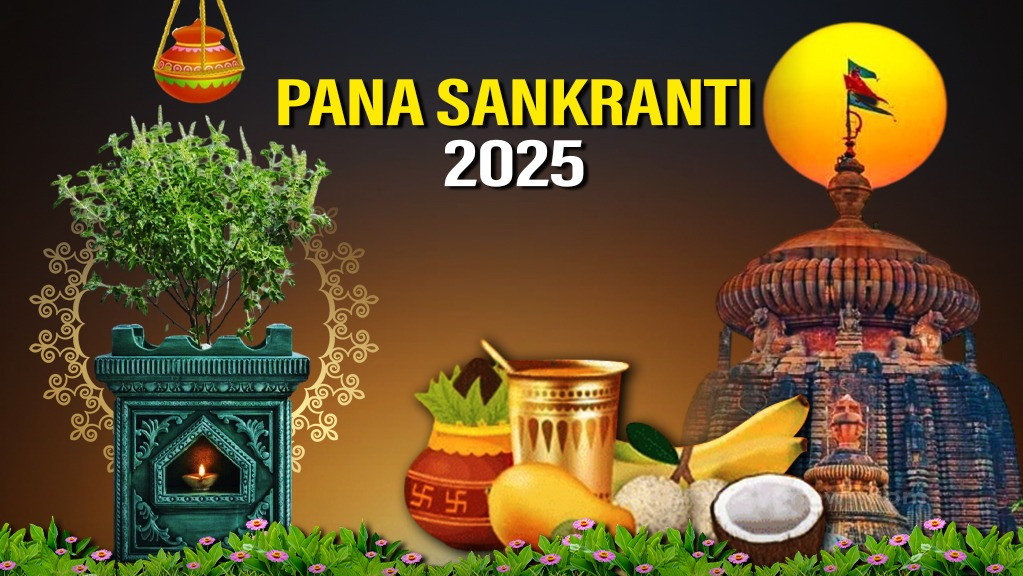
From sacred offerings to holy chants; Odisha observes Pana Sankranti & Hanuman Jayanti

Blood of the Goddess: The Mysterious Red Waters of Kamakhya Temple

Shaping Bhubaneswar for Future: Inside the City’s Development Plan and Intended Strategy

Toyata Vellfire Hybrid: A Business Class Luxury on Road – whether to Office or a Weekend Vacay

More than Pets: Honoring our beloved companions on National Pet Day

World Parkinson’s Day 2025: Parkinson's Early Signs and the Power of Diet & Exercise for restricting it

Chena Poda Divas: Remembering Sudarshan Sahu’s, accidental discovery of Chena Poda on his birthday – April 11th

Moringa more than Just Greens: Packed with Vitamins A, B, C, D, Calcium, Zinc & Iron for Long-Term Health

GM Mustard: Is India's Future Harvest a Boon or a Bio-engineered Burden of Curse?
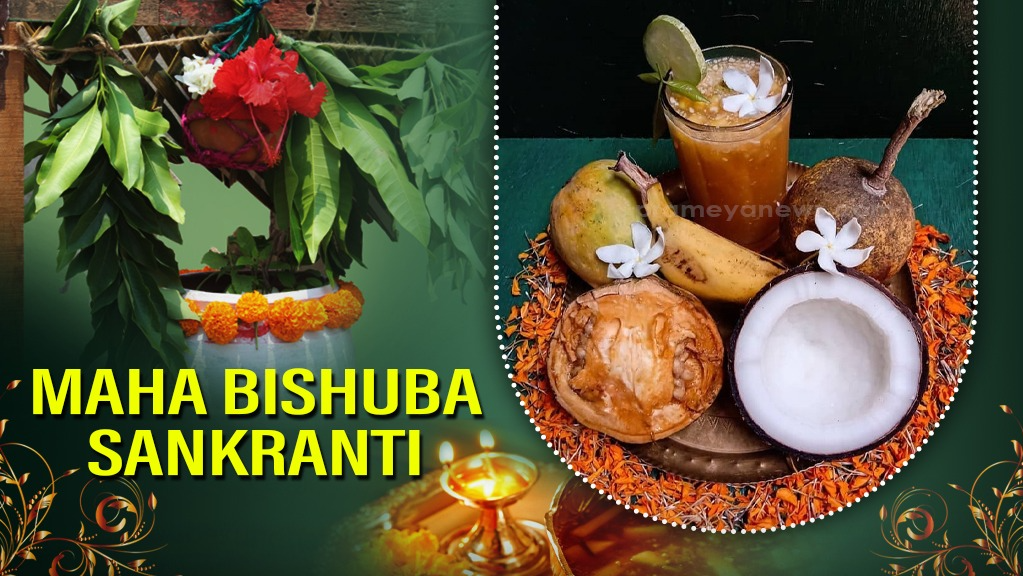
Maha Bishuba Sankranti: Date, timing, history, significance and celebration of Odia New Year

Trump Hits Pause on Reciprocal Tariffs for 75+ Nations for 90 Days, Hikes China Rate to 125%

Mahavir Jayanti: Celebrating the Birth, Enlightenment, and Enduring Teachings of the 24th Jain Tirthankara

Sitting at a desk job is the new smoking: What health dangers lie ahead of 9-5 corporate professionals, Bhubaneswar netizens share stories

The Surprising Nations Without Any NRI Population: This country tops the list

Resurrecting an Ice Age Predator: Know about the Gene-Edited Pups bringing Dire Wolves back from Extinction.











































